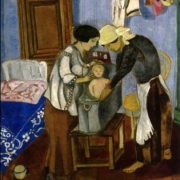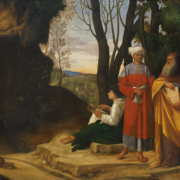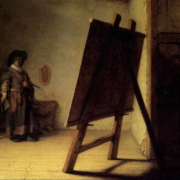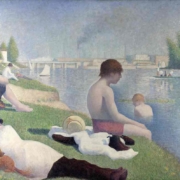Abstract
In my experience with groups of children (beginning age 4-5 years old, children with an intellective level in the average and with development blocks more or less important: sometimes I also included a child with a psychotic personality structure) I noted that the conductors have different functions, according to the group’s different moments, functions that I will try to illustrate through the history of this group. I would like to specify that these functions, in a developmental spiral model, cross each other and overlap, allowing the group to pass and the integrate itself from a sensorial, motorial, corporeal communication modality of affects to verbal communication modalities, using, as a bridge, the transitionality of playing. On a technical level in the expression they are free (playing, drawing, words, etc.) in a work trim in which the conductor himself can intervene in an active way, if the children ask his participation in playing and in moments in Read more





